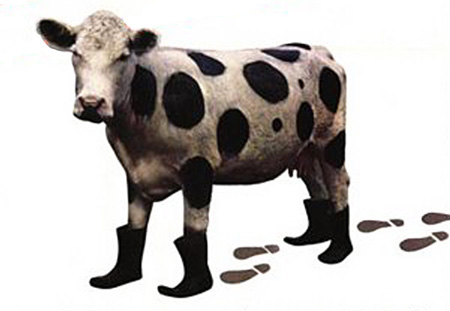Tim Brien said:
Jake,
Quote: “Perhaps we should have been asking them the parameters which allowed the 2-8-2 to work properly.”
The 2-8-2 drivetrain was flawed in its design in that the taper designed to hold the wheel (Morse taper) does not prevent the wheel from rotating on its axle. The shallow angle taper’s function is to grip the wheel to the shaft. However, for this to happen the wheel must be securely located by way of the retention screw fitted to the end of the axle. The preferred alternative is a locking key fitted to the shaft, but after conversations with Lewis, I was informed that there is “more than one way to skin a cat”.
Now back to the Aristo design. The success of the design required precise machining standards which alas were not adhered to. Often the machined recess in the wheel casting was machined too deeply allowing the wheel to mount too far in on the axle thus allowing the shoulder of the axle to stand proud of the installed wheel casting. You will see that in this case the fitment of the retaining screw will have no retention effect as the screw will thread up to the shaft shoulder and not touch the retention outer face of the wheel casting. Thus the wheel is free to rotate on the axle taper, plus generally being undergauge.
If the machined recess is not machined to correct specifications and is machined too shallow then the wheel will be retained but but will be well overgauge.
The solution to the problem was not to maintain designed specifications but to use the correct spec standard Loctite to retain the mount screw. Lewis blamed the problem on the assembly line substituting the incorrect grade of Loctite. In reality the Loctite should never have been used to retain the wheel on the taper. The purpose of the Loctite was purely as a thread locking function to retain the axle screw. However, to overcome the machining issue, the wheel was Loctited to the axle taper, contrary to the original design.
In the real world it was the likes of Greg Elmassian who worked out that a thin shim placed under the wheel would space the wheel casting out on the axle allowing the retention screw on the axle to do its job. Similarly, it was he who also worked out that the shouldered end of the axle could be reworked allowing the retention screw to bed down further on the axle thus contacting the outer face of the wheel. Both of these fixes were no doubt far superior to gluing the wheel to the shaft, thus ignoring the real problem.
In an ideal world, with machining tolerances retained within design standards, the drive train would have been entirely successful. Alas, vagaries in production and assembly ensured that the original design criteria were not met for every chassis.
Yes, there were successful chassis manufactured and it would seem it was the ardent Aristo fans that received them because it was they that apparently had no problems with the chassis. Those who did have issue with wheel rotation were not so lucky and perhaps were not ardent Aristo supporters and thus reported on their results.
The ideal parameter for the 2-8-2 chassis was most likely the mantlepiece as a shelf queen. No doubt you own numerous examples and all have proven to be without fault. I say that you have been indeed very fortunate as others were not so fortunate.
Yes, you may speak of me and troublemakers as a ‘know it all’, but unlike many here, I keep myself aware of quality issues that beset our hobby. You belittle the troublemaking ‘know it all’ as a show off, but in reality, the know it all is the repository of much of the technical information on this site.
One has only to read a couple of your postings over the term of your membership here to expose your allegiances. I truly hope that when the time comes for you to plead for assistance to correct an issue, that some one is still around on this site to help you out, because in the main your responses do little to want some one to assist you should you ever have a technical issue. You could of cause search a fix on the internet, but of cause we all know the source of most fixes on the internet and it is down to the expertise of those dreaded ‘know it all’ troublemakers that those fixes exist.
All of that was a good post except the last paragraph. You just couldnt help yourself and had to add a veiled insult to make yourself feel better. Fact is, the only piece of Aristo produced equipment I have is a snowplow. I like your explanation of problems with the 2-8-2 and it is spot on. Having not owned one I can understand the explanation completely.
Contrary to what you think, I invite you to look at every single post I’ve made here and on MLS and you will never see anything from me insulting others about their purchases. I have always offered what very little knowledge I have to help them. That is what I’m trying to get across. We don’t have to settle for bad equipment. But we also don’t help ourselves by insulting each other and wring our hands. Why not offer solutions and if your tired of repeating them. I have no doubt that Bob would be willing to accommodate an area where fixes can be placed for future reference. Oh wait, there already is a place.
Tim I deemed you a “troublemaker” in my mind. However, I think you have a lot of good knowledge, why not use that to assist than berate…



